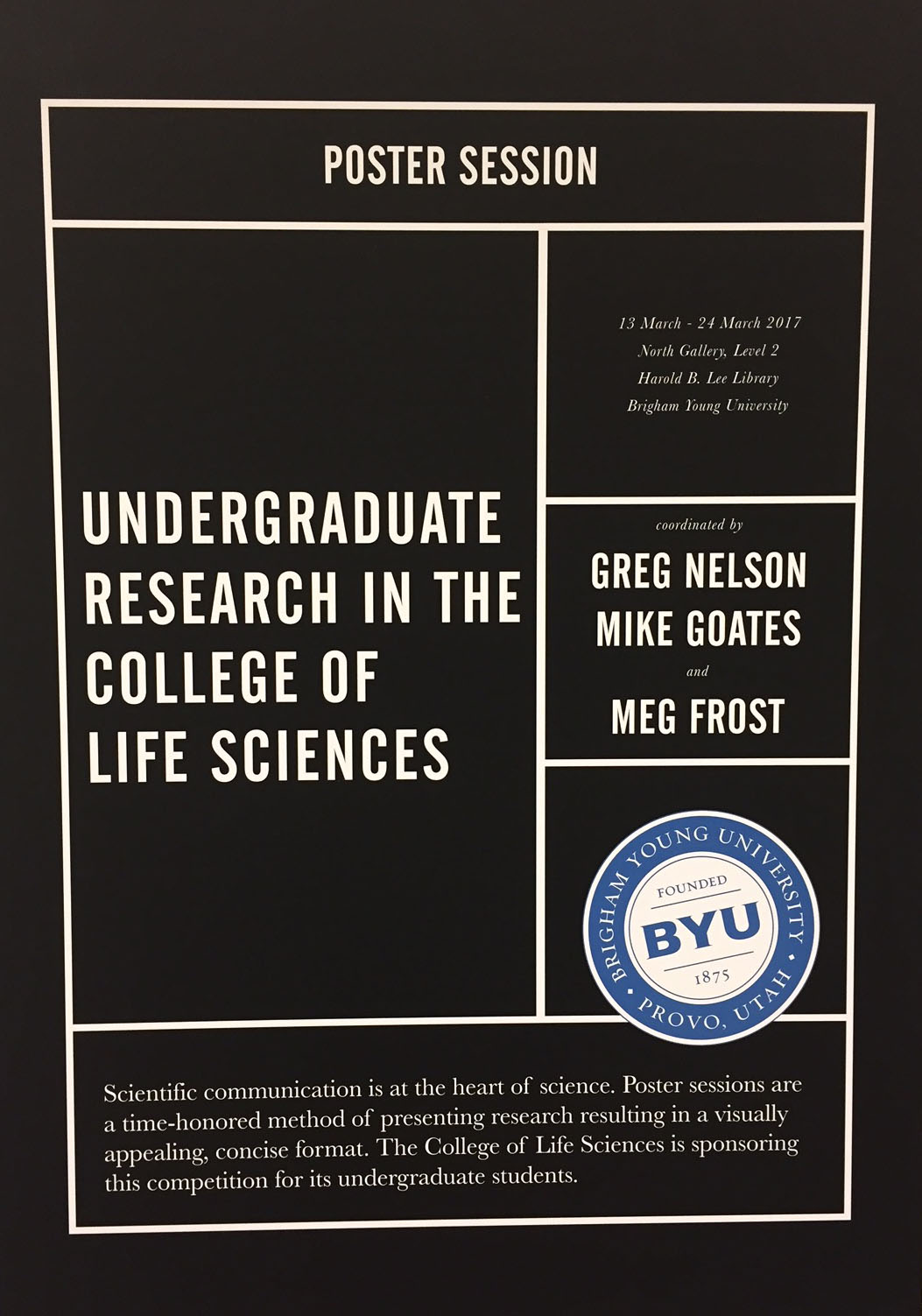Files
Download Full Text (905 KB)
Keywords
Respiratory function, Diaphragm, geriatric, breathing
Abstract
Respiratory function can be assessed through lung volume measurements such as tidal volume and vital capacity. It can also be assessed by measuring diaphragm mobility and thickness. The diaphragm is a muscle that contributes up to 75% of normal lung ventilation. It averages 1-2 cm of excursion during quiet breathing; this increases significantly to about 7-11 cm during forced breathing. Aging has influences on respiratory function. Diaphragmatic muscle strength decreases, and lung function, capacity, and compliance also decline. There is a steadily growing elderly population in the US and globally. Due to an aging population and the significance respiratory function plays on mortality and morbidity, establishing normative, baseline values to represent respiratory function in a geriatric population in age specific ranges is imperative. The aim of this study is to present normative data on diaphragmatic and overall respiratory function for a healthy, normally active, geriatric population using non-evasive methods including ultrasound technology.
BYU ScholarsArchive Citation
Jensen, Madison M.; Wright, Connor J.; Hacking, Ty K.; Mead, James D.; Mitchell, Ulrike; and Adams, Lauren, "Establishing a Normative Respiratory Baseline for Diaphragmatic Breathing in the Geriatric Population" (2024). Library/Life Sciences Undergraduate Poster Competition 2024. 53.
https://scholarsarchive.byu.edu/library_studentposters_2024/53
Document Type
Poster
Publication Date
2024-04-02
Language
English
College
Life Sciences
Department
Exercise Sciences
Copyright Use Information
https://lib.byu.edu/about/copyright/


